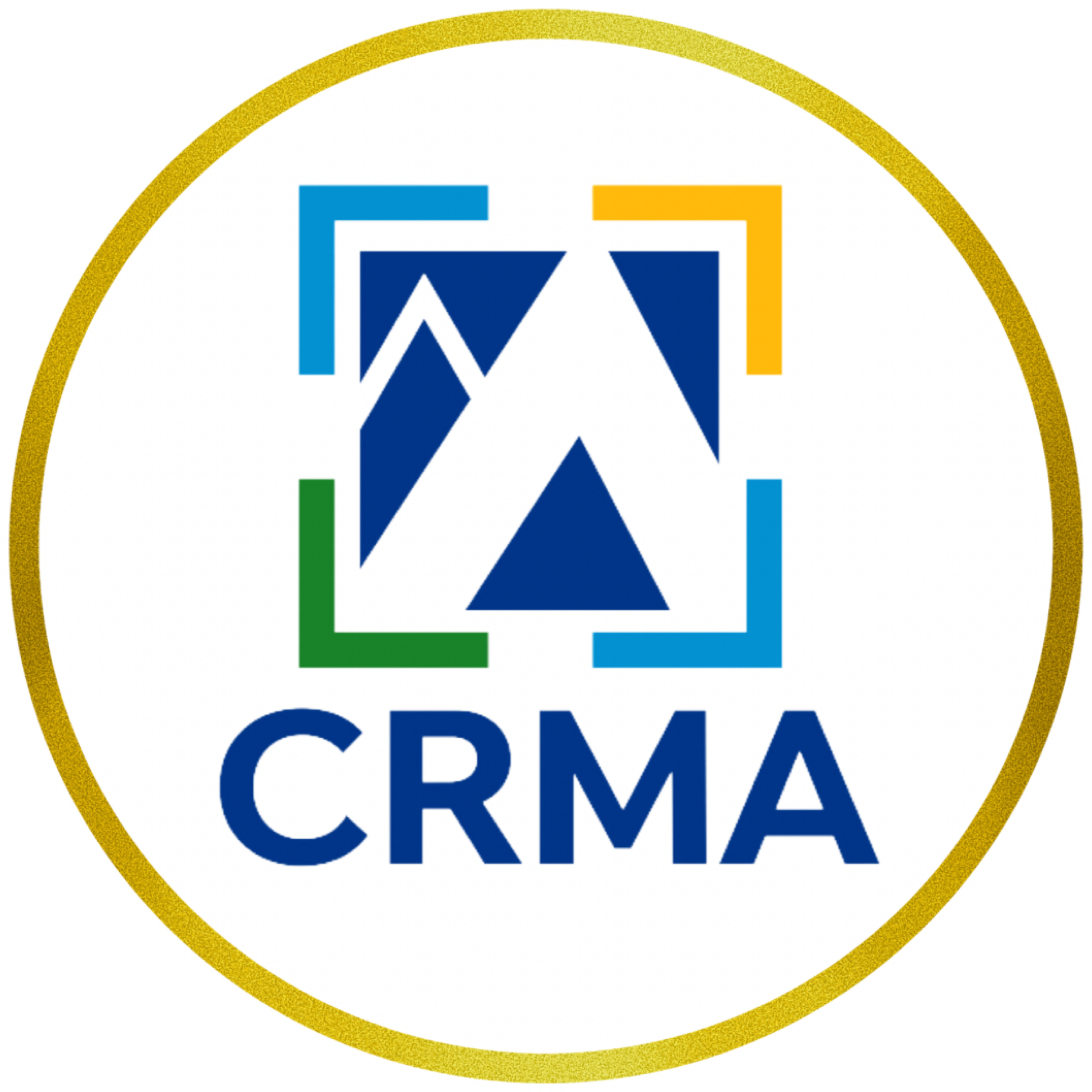Enhancing Business Resilience in Caribbean Institutions or Islands: Consider Hurricane Beryl as a “Test Run”
One would think that Businesses/Islands in the Caribbean, at least many of them, may have thought that COVID-19 “educated” decision-makers on the need to build a resilience component into their Risk Management frameworks. Still, many of them may have failed to do so. That said, even the best of plans can be disrupted. As Mike Tyson once famously said, ” Everybody has a plan until they get punched in the face.” The first major hurricane of the season has definitely punched many.
I shared an email last week in which I suggested:
- Build “modern” resilience networks into private and public sector institutions.
- The focus should be on ‘pre-build,’ not just re-build (resilience is more about bouncing forward, not returning to what previously existed)
- Preparation is not an antidote to being vulnerable
- Disaster risk management, singularly relied upon, is not a fait accompli.
It is (now) business critical (survival?) that companies develop business resilience plans given the extreme climate risk (part of a perma-crises world), and we should consider Hurricane Beryl as a “test run” for us in the Caribbean. And folks, for those of us who may not know, business resilience is not the same as Business continuity:
- Business resilience is proactive, focusing on building adaptability and flexibility into everyday operations to withstand disruptions.
- Business continuity is reactive, involving specific plans to respond to and recover from known threats or scenarios.
- Resilience is an ongoing, embedded capability.
- Continuity plans are activated when specific disruptions occur.
Here are some ways businesses can build resilience:
- Create a business resilience plan (or get outside help to do so)
- Establish how the organization will function in an emergency, describe worst-case scenarios, and create a communication strategy.
- Assess risks and resources
- Continuously analyze operational processes for potential weak spots and update plans based on new threats.
- Become agile
- Introduce “new thinking”
- Minimize disruptions (that you may have control over)
- Identify potential risks and vulnerabilities in advance to minimize their impact
We need to stay proactive, anticipatory and resilient, if we are to be future driven.
cheers
